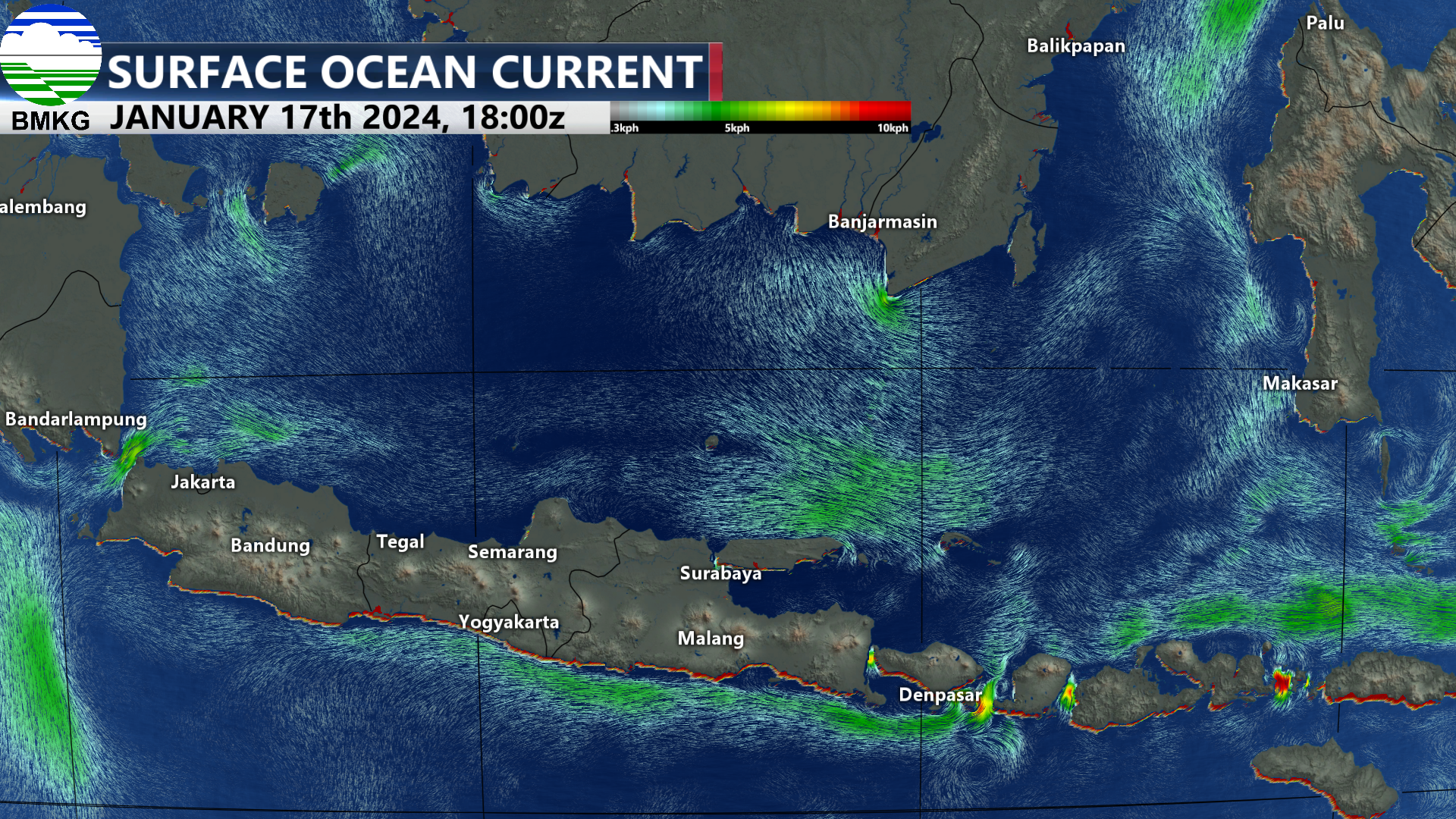Our oceans hold 97% of the Earth’s water and are the single biggest drivers of our planet's weather and climate. Countries like the Republic of Indonesia, which consists of more than 17,000 islands, can use modeling systems from Baron to protect its people, properties, tourism, livelihoods, and trade.
Unchartered Waters
The island nation was in ever-growing need of accurate forecasts that assessed and calculated the atmosphere above the ocean’s surface, waves at the surface, and ocean currents.
A complex, high-resolution weather prediction modeling system was needed to create a precision forecast that would work with Indonesia’s Marine Meteorology System (MMS), a program designed to maximize its marine economy by increasing weather awareness and safety on the seas and shorelines. To ensure accurate readings and gauge conditions, 200 meteorological instruments, including drifting buoys, tide gauges, and oceanographic floats, have been deployed.

Baron Weather’s Chief Scientist, John McHenry, and his expertise were crucial to helping the Indonesian Agency for Meteorological, Climatological, and Geophysics (BMKG) achieve its goals. McHenry led the development, deployment, and validation of a state-of-the-art Coupled Atmospheric Water and Ocean (CAWO) modeling system.
The New Wave of Modeling
“The CAWO is a three-way-coupled atmosphere-ocean-wave (CAWO) model combining an atmospheric Numerical Weather Prediction (NWP) model with a sea surface wave model and a deep ocean circulation model,” McHenry said. “The CAWO pairs three previously distinct modeling components to create a 10-day forecast for waves, swell, wind, currents, temperature, salinity, and water level.”
.png)
The models dynamically compute ocean wave characteristics and circulation, exchanging information on the fly with the atmospheric model.
“The approach provides more accurate and complete forecast information than a non-coupled model that relies on approximations or static data to represent conditions at the lower or upper model boundaries,” he said. “Precipitation forecasting in the maritime environment improves along with the ability to track and forecast tropical cyclones."
The model has become the largest high-resolution regional implementation currently available, providing BMKG forecasting capabilities previously unavailable from other models. The CAWO, which updates four times daily and runs at a 3km resolution, has been installed on a high-powered computer at BMKG headquarters in Jakarta.
Testing the Water
CAWO is an example of the Baron team leading the way in modeling technology designed to meet the increasing need for more reliable maritime forecasting worldwide. The project is serving as a blueprint for other nations looking to improve the safety of their coastal industries and populations.
.png)
In keeping with Baron’s focus on customer support and training, the Baron team, along with CLS, Sibakom, and Fathom Science, provided intensive training sessions to enhance the knowledge of the BMKG staff. The project is embarking on the second phase to enrich the agency's capabilities in delivering reliable forecast information to the public and other stakeholders.
Baron is a subcontractor to the project's prime contractor, CLS Group. CLS is a subsidiary of the French Space Agency and a Belgian funding company, CNP. Sibakom is an Indonesian system integrator, and Fathom Science is a modeling company associated with North Carolina State University.
June marks National Oceans Month, a month dedicated to spreading awareness of Earth’s oceans and coastal ecosystems. We encourage you to learn more about actions you can take to keep our oceans healthy.
Read Baron Chief Scientist, John McHenry's white paper, "The InaCAWO Metocean Operational Forecast System," if you'd like to get more detailed insight into this project.
